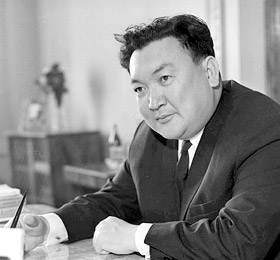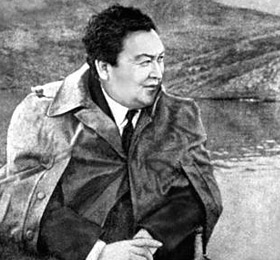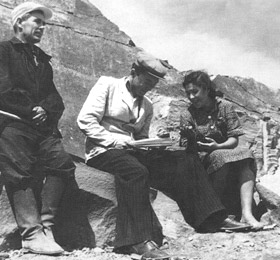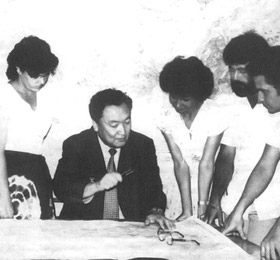Ruslan Khamedov
A Student of Mechanical Engineering, Nazarbayev University, Ruslan won the contest of the Shakhmardan Yessenov Foundation to serve internship. He was invited to ATOMS laboratory of the University of Toronto. So the future engineer from South Kazakhstan came to Canada and got great experience.
Where did you get this interest in engineering?
At school I liked to solve problems in mathematics and physics. Although some natural phenomena attracted my attention since childhood, it was only at school, when I realized that all of them can be explained by the physical laws. For example, why planes fly. I still remember how I felt when the physics teacher explained to me the work of aerodynamics: I was stunned. That was the first time I realized that everything is not so simple and began to understand many things. Thus my passion for technology, for engineering arose. After a year of study at the Gumilev Eurasian National University on Scientific Mathematics, I suddenly became interested in aerospace engineering, more precisely — aerodynamics. So I transferred to the Nazarbayev University on Mechanical Engineering.
How difficult was the internship competition for you? Why?
I knew that competition was high, and my competitors were the best students with higher GPA and better research experience. I even thought that I have no chances to pass the first round. But I had a big advantage — my research experience and I passed. It was even tougher in the second round to stand out among the best of the best. But the difficulties of the contest continued after I won. For example, to find a suitable Professor with relevant research topic, I had to write 10 emails every day and wait for a response.
What were you doing in Canada?
The subject of my internship was the optimization of wind farms using Computational Fluid Dynamics. Computational Fluid Dynamics (CFD) now is one of the actively developing areas of mechanical engineering. Using the computer I analyzed how the fluid flow affects a particular structure. Our ultimate goal was to make people able to design a highly efficient wind farms for electricity production. And we were not just theorizing on our computers, the laboratory collaborated over this project with a world leader in energy infrastructure development, National Renewable Energy Laboratory.
What did you achieve?
First, I became a more competent expert in my field. I studied dozens of books and articles on optimization methods and wind turbines. I learned to work in the MATLAB software package, even wrote code to optimize wind farm, and was engaged in 3D modeling. The purpose of my work was achieved: at the end of the internship, we achieved preliminary results and provided laboratory with option of finding the optimal location of wind turbines in order to increase generated energy and to reduce the generated sound.
What’s next, Ruslan?
I plan to continue working on this project here in Astana. My supervisor agreed that I’ll do some work remotely, taking into consideration that our University has no official license for ANSYS software (only student license) as well as powerful computer. We plan to test the methodology using different techniques and publish outcomes in a scientific journal. As I gained experience in programming and simulation of wind turbines, I plan to enroll in a doctoral or master program in Computation for Design and Optimization of the universities of Germany, Canada and the USA – have not decided yet, because I’m still a senior student. And training in Canada will definitely increase my chances for admission.
28.11.17, Stories
Seen by: 103




